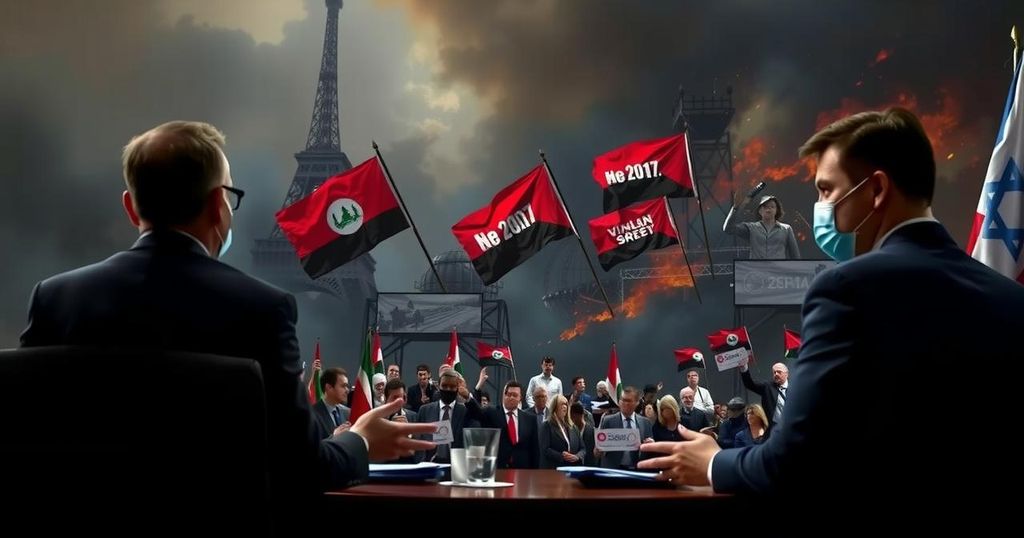Despite Netanyahu prioritizing Iran as a central issue, the conflict in Gaza continues unabated. Recent statements from Hamas regarding hostages and developments in Lebanon hint at a potential shift in dynamics, particularly with the incoming U.S. administration and its stated goals of reducing conflict. The situation remains complex and requires careful monitoring.
The geopolitical landscape in the Middle East remains intricate as Israeli Prime Minister Benjamin Netanyahu’s commitment to addressing Iran’s influence has not resulted in an end to the ongoing conflict in Gaza. Recent developments suggest a potential shift, with a quiet emergence in Lebanon and Israel’s endeavors to compel Hezbollah to distance itself from Gaza’s turmoil. This situation may evolve further with the anticipated inauguration of Donald Trump, who has expressed intentions to prioritize ending conflicts rather than igniting new ones.
The ongoing Israeli-Palestinian conflict, particularly the recent escalations, has drawn international attention, especially concerning the hostages held by Hamas. The leadership strategies of Netanyahu and the circumstances surrounding Hezbollah’s involvement in the region play significant roles in shaping the conflict’s trajectory. The complexities of this dynamic are further exacerbated by shifts in U.S. leadership, notably involving President Trump, whose foreign policy approach could influence the region’s stability.
In summary, while Netanyahu’s focus on curbing Iranian influence is apparent, it has not translated into peace in Gaza or the safe return of hostages. The emerging quiet in Lebanon and developments within Hamas may signify changing tides, especially as the region awaits new U.S. leadership that could shift diplomatic efforts. The situation remains fluid, with a pressing need for resolution to the ongoing hostilities.
Original Source: www.haaretz.com






